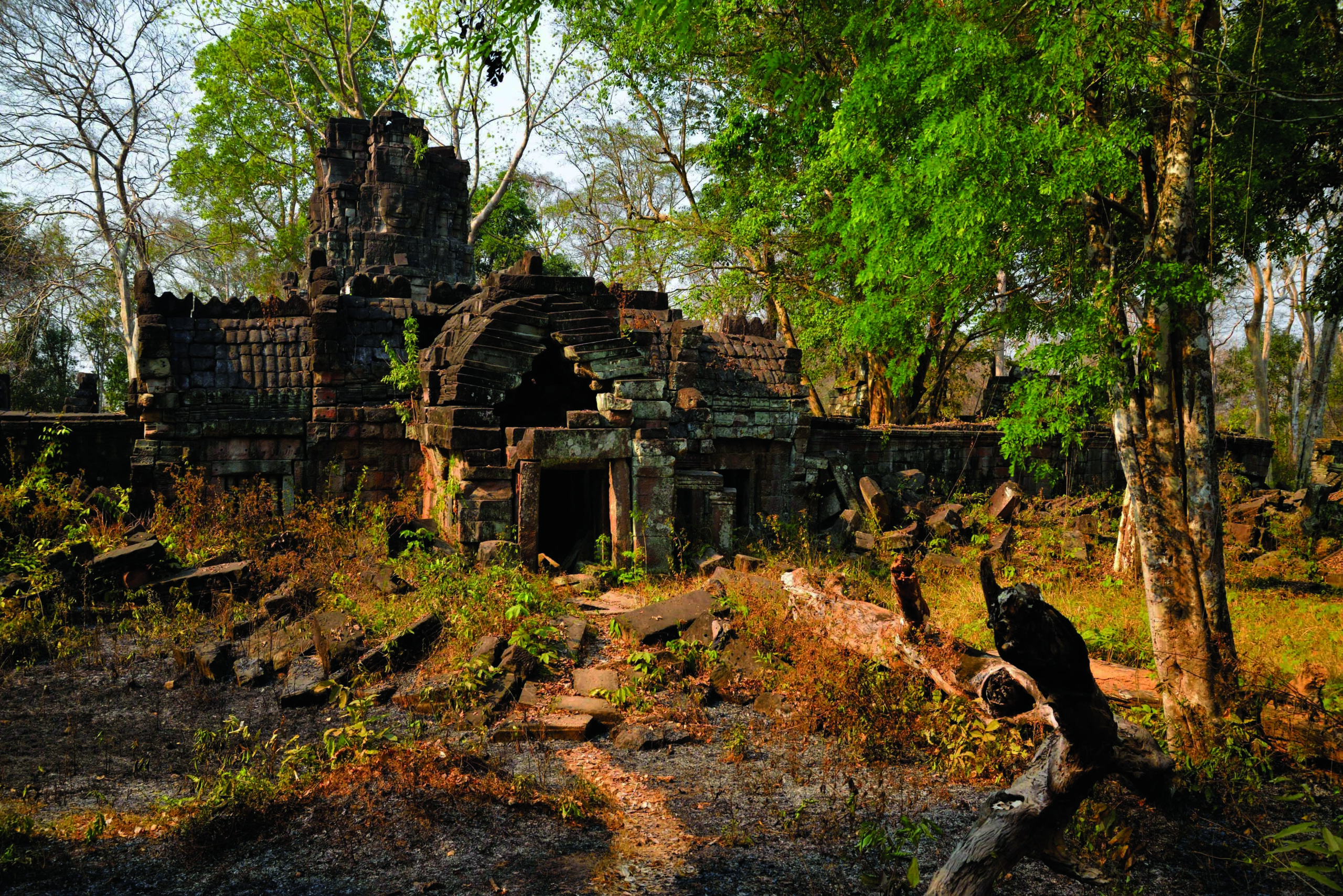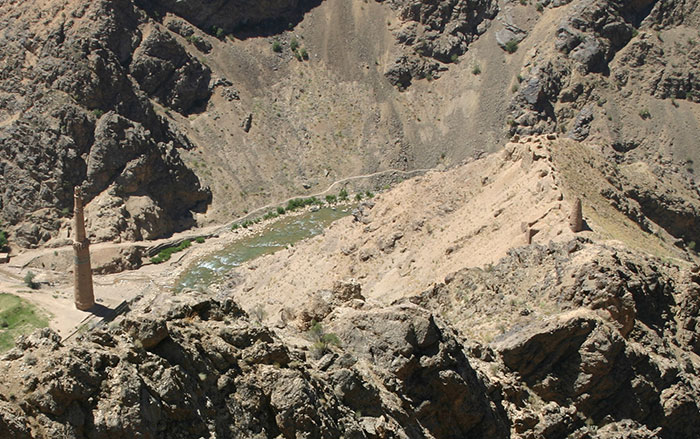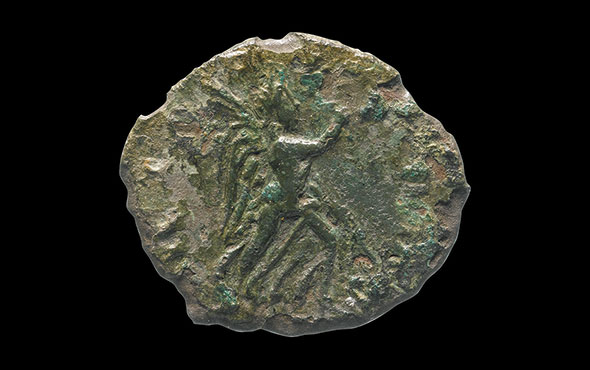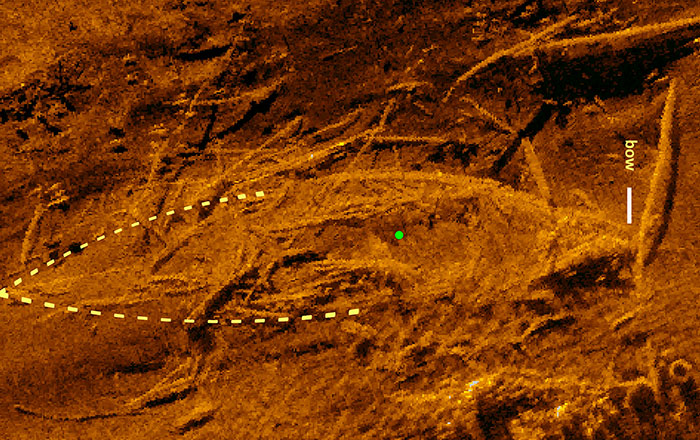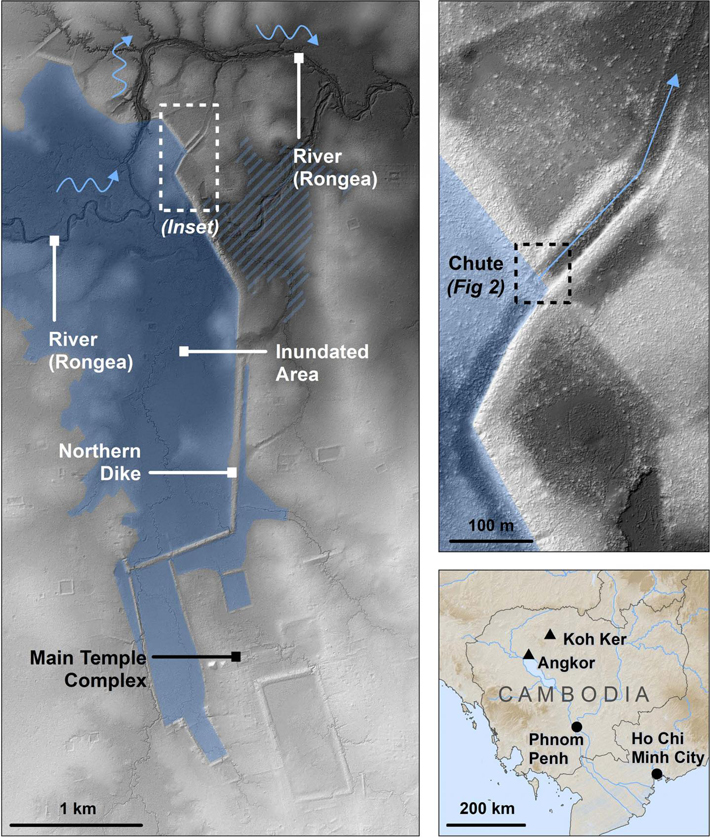
ADELAIDE, AUSTRALIA—An international team of archaeologists led by Ian Moffat of Flinders University has discovered a flawed water management system that led to the decline of Koh Ker, an ancient Cambodian city that briefly served as the capital of the Khmer Empire in the mid-tenth century A.D. Using ground penetrating radar, the researchers mapped a four-mile buried spillway designed to catch water from the Stung Rongea river, and calculated the velocity of water channeled into the city’s large reservoir. They found that the catchment was insufficient to handle the water flow, causing the reservoir’s dike to fail during the first rainy season following its construction. Moffat explained that the failure of such a massive infrastructure project would have been a threat to the legitimacy of the Khmer king Jayavarman IV, and may have prompted the relocation of the imperial capital to Angkor, which was located 56 miles to the south of Koh Ker. To read about how archaeologists have used airborne laser scanning to map the cities of the Angkor region, go to “Remapping the Khmer Empire,” one of ARCHAEOLOGY’s Top 10 Discoveries of 2013.




